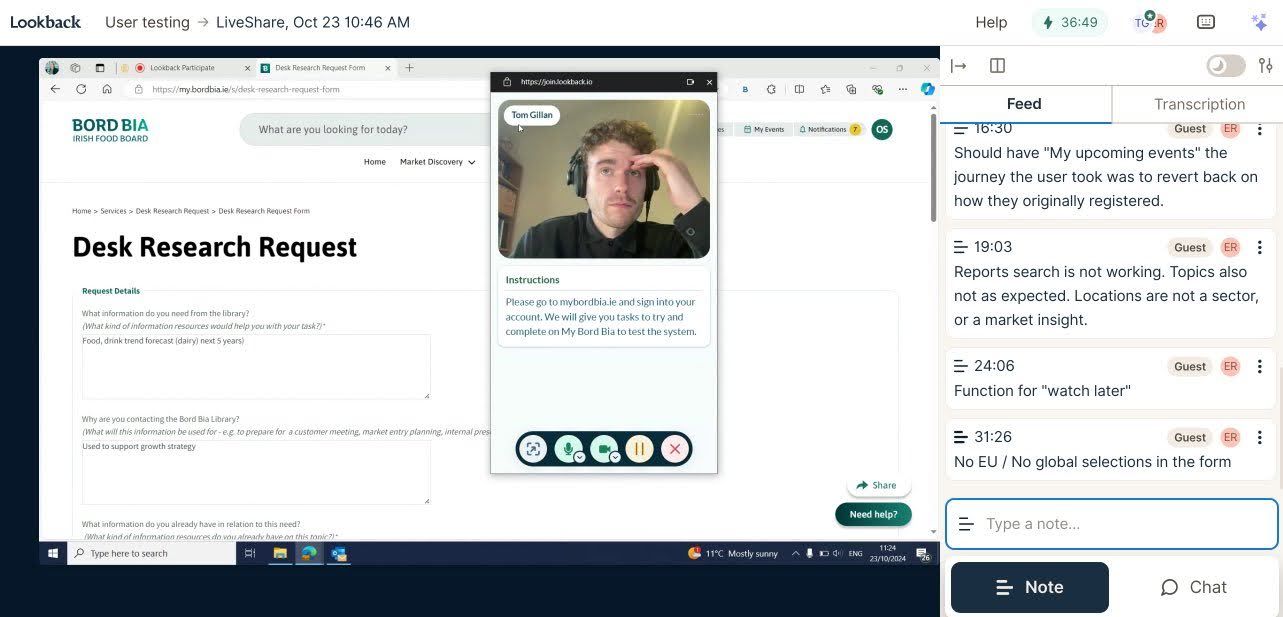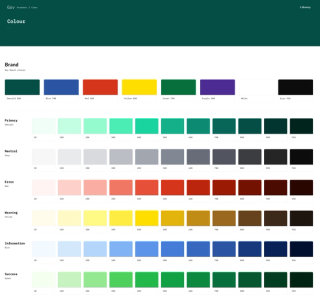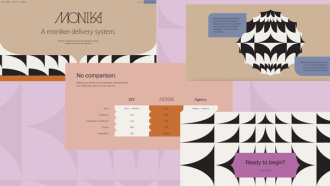You are not your user.
It’s every UX designer’s favourite line. In fact, it’s written on the wall here at Kooba. But why is such an obvious phrase so meaningful?
Ultimately, because those of us who interact with a website or a brand constantly will understand it in ways that the average user may not immediately grasp. What might seem obvious to your team can be completely oblivious to the end user, and vice versa. Hence the frequent reminder from designers that you and your user are not one and the same.
The best way that designers can gain an understanding of their users’ actual needs is to directly involve them in the creative process. This means engaging in a careful campaign of user testing, asking participants to complete a series of tasks in order to identify pain points in existing and prototype designs.
At Kooba, we can conduct both moderated and unmoderated user testing, both of which can be beneficial at various stages of each project. Moderated testing involves a designer who can discuss the process with users during the test, whereas unmoderated testing forces a user to solve problems by themselves.
What can user testing tell us?
In short, user testing provides valuable insights into how real people interact with a website, offering a window into usability, navigation patterns, and potential pain points. Through observing users as they engage with your site, you can identify what’s working well and what’s causing frustration or confusion. For example, you may discover that users struggle with certain navigation elements or that they miss crucial calls to action. It also provides users with a chance to voice their complaints over the design, giving designers clues towards what needs to be changed.
Essentially, user testing reveals whether your site is achieving its intended goals, such as converting visitors into customers or delivering content effectively. This can even be quantified by timing participants and by asking them to numerically rate the difficulty of various tasks. Two valuable metrics in this regard are the system usability score, and time on task, both of which measure the ease with which users interact with your website.

Moderated user testing - client Bord Bia
What do we miss in user testing?
While user testing is invaluable, it doesn't capture everything. One of its limitations is that testing conditions may not fully replicate real-world scenarios where users interact with a website on their own time and in various contexts. User testing often captures immediate reactions and short-term usability issues, but it may miss insights into long-term user satisfaction and retention.
One major concern when user testing is taking participant suggestions at face value. As we always like to point out, users might understand the problem, but they rarely know the solution. A crucial skill when hosting these tests is to strike a balance between ignoring user feedback and taking it as fact. In truth, recommendations from your users need to be dealt with from a critical perspective. Your users, after all, are not you.
Why should it matter to you?
Knowledge is power.
Understanding how your users interact with your website and your brand is the first, and most important, step in building a more efficient sales pipeline and marketing strategy. User testing is the most comprehensive and thorough method for gaining this understanding, and provides insights that carry far beyond web design. From a marketing perspective, user testing can be seen as an integral part of wider market research, with a direct focus on how the customers who matter most interact with and perceive your product, brand and digital platforms.
At Kooba, we understand that just understanding your problems can go a long way towards fixing them. That’s why we offer user testing for your digital platforms both as part of full redesign projects, and as a standalone service. If you’d like to see how your users really use your site, don’t hesitate to reach out to our team to find out more.








